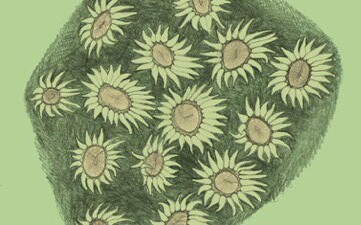The Great star coral (Montastraea cavernosa) is a colonial stony coral found in the Caribbean seas. It forms into massive boulders and sometimes develops into plates. Its polyps are the size of a human thumb and fully extend at night.[1] Great star coral colonies form massive boulders and domes over 5 feet (1.5 m) in diameter in waters of shallow and moderate depths. In deeper waters, this coral has been observed growing as a plate formation. It is found throughout most reef environments, and is the predominant coral at depths of 40–100 feet (12.2-30.5 m).
This coral occasionally has a fluorescent red or orange color during daytime; it has recently been suggested that this color is due to phycoerythrin, a cyanobacterial protein. It appears that, in addition to symbiotic zooxanthella, this coral harborsendocellular symbiotic cyanobacteria, possibly to help it fix nitrogen. However more recently, Oswold et al. (2007) showed an absence of functional phycoerythrin in M. Cavernosa.[2]
A related species is M. annularis, which has smaller polyps.
(From Wikipedia, May 31st, 2012)




